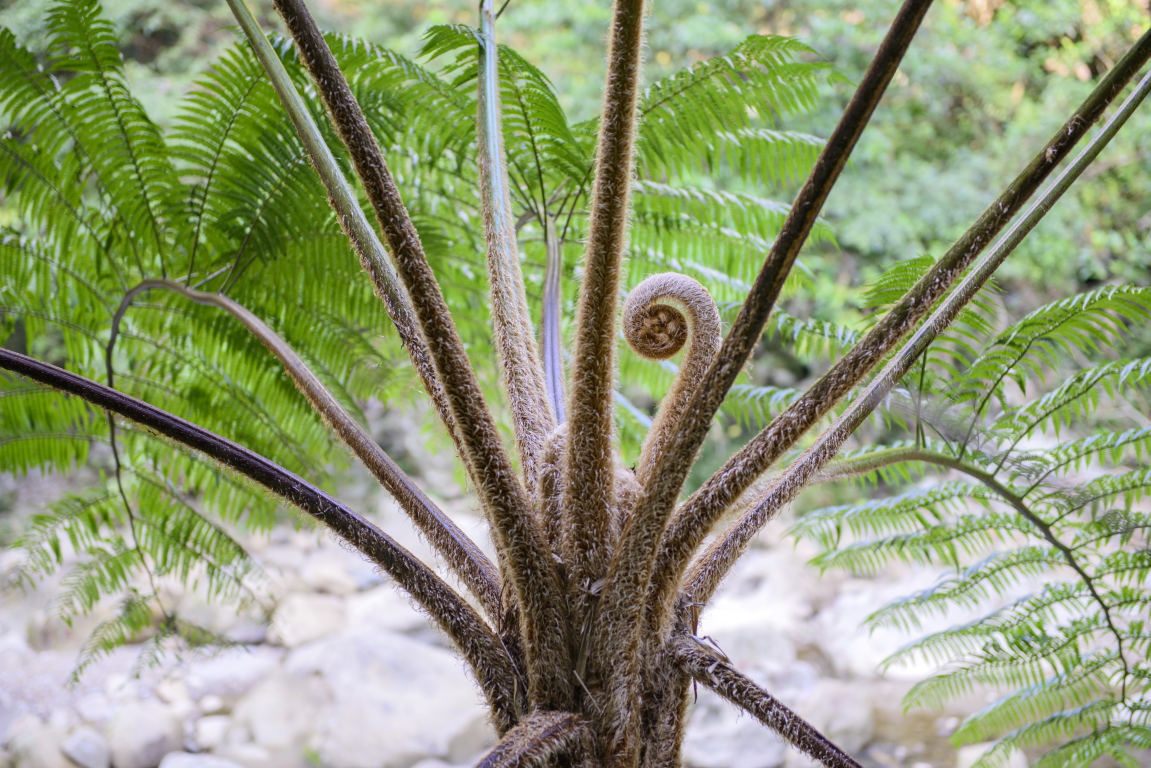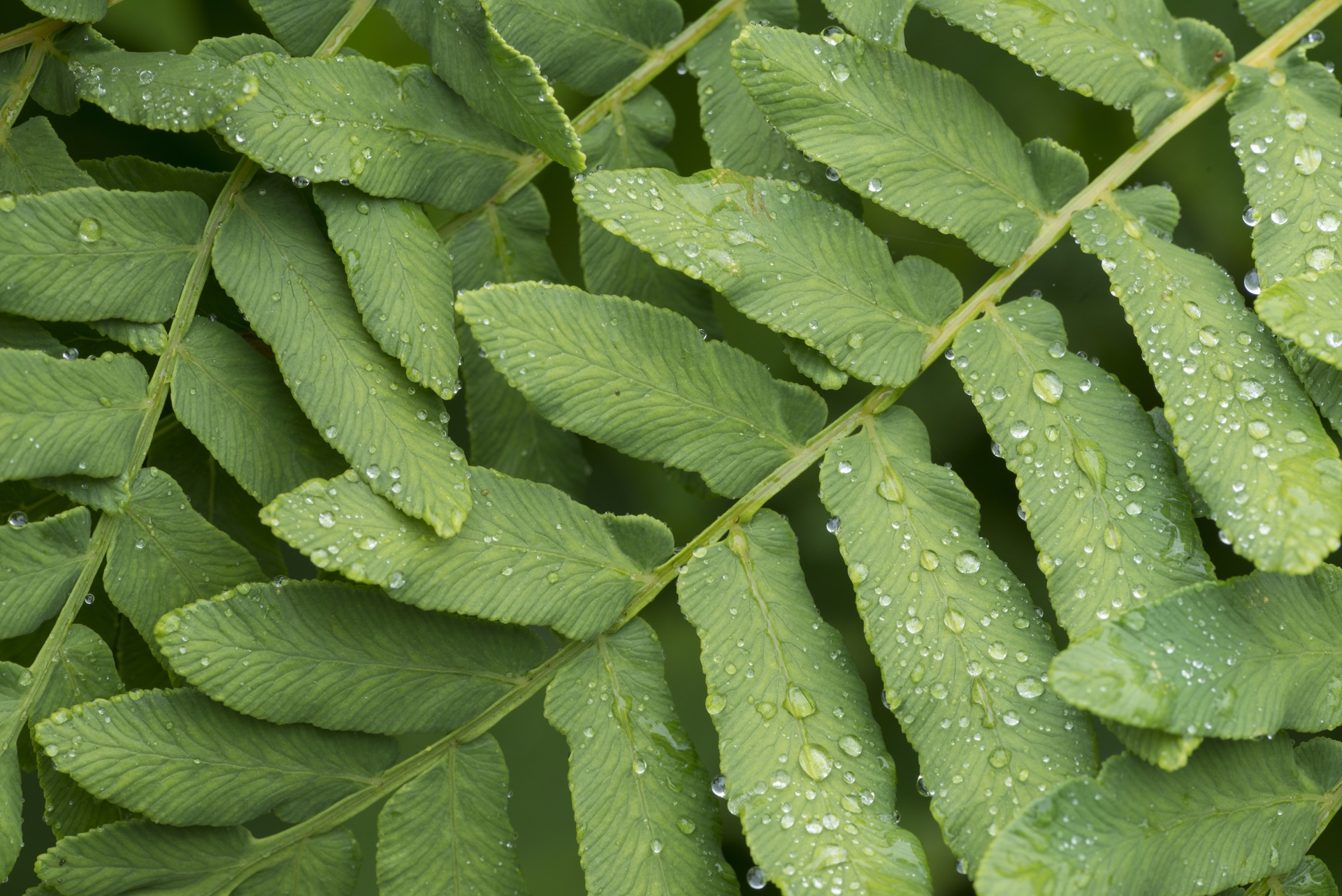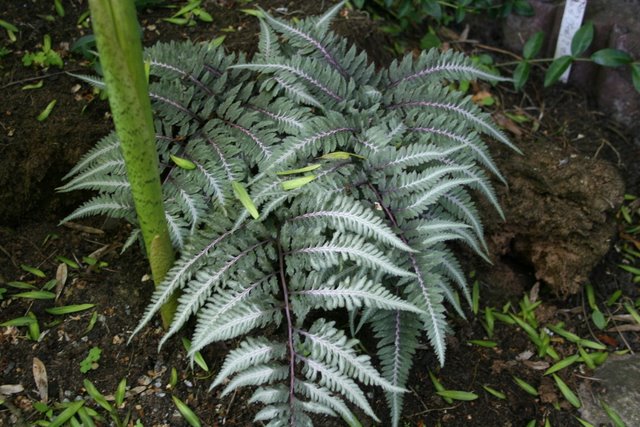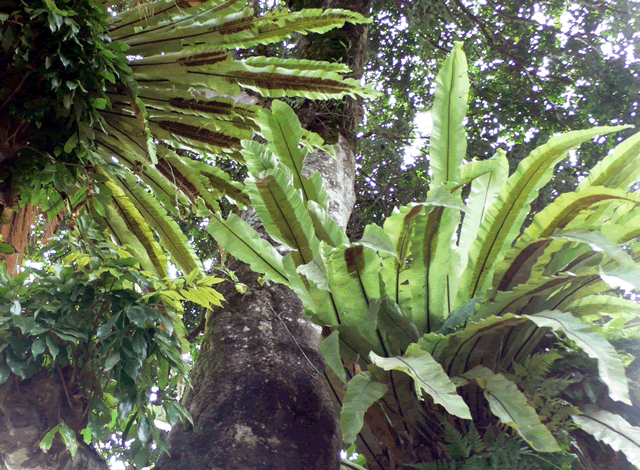- Large and unique assortment
- Quick delivery all over Europe
- Your specialist in exotic plants and trees

Ferns are some of the oldest plants on earth. And they are some of our best loved; besides gracing our natural woodlands they appear frequently in our gardens, filling a shady area or taking our breath away as a stunning tree fern.
In recent years in particular, the tree-fern has become a style-icon, gracing many a country garden or town balcony. Tree ferns such as Dicksonias and Cyatheas are to be found growing in the wild in Australia to heights of 4m (12 feet) or more. They are popular for their striking architecture; rugged furry trunks crowned by long, yet delicate arching fronds. These plants look superb reflected in the waters of a quiet garden pond, or silhouetted against a summer sunset.
 Of the genus Dicksonia, Dicksonia antarctica (sometimes spelt Dicksonia antartica - we maintain the spelling preferred by the Royal Horticultural Society among others) is surely the best known. This superb plant is reasonably frost-resistant, but needs some protection against severe frost. Simply remove the leaves, place rolled-up newspaper in the crown of the plant and cover the crown lightly to prevent it getting too wet as winter approaches. In the spring, remove the newspaper and enjoy the beauty of new fronds uncoiling from the crown and providing an exotic green canopy in your garden. Other Dicksonias include the Squarrossa and Fibrosa; these are slightly more elegant but more sensitive than the Dicksonia.
Of the genus Dicksonia, Dicksonia antarctica (sometimes spelt Dicksonia antartica - we maintain the spelling preferred by the Royal Horticultural Society among others) is surely the best known. This superb plant is reasonably frost-resistant, but needs some protection against severe frost. Simply remove the leaves, place rolled-up newspaper in the crown of the plant and cover the crown lightly to prevent it getting too wet as winter approaches. In the spring, remove the newspaper and enjoy the beauty of new fronds uncoiling from the crown and providing an exotic green canopy in your garden. Other Dicksonias include the Squarrossa and Fibrosa; these are slightly more elegant but more sensitive than the Dicksonia.
 Cyatheas are absolutely stunning in appearance. Their trunks havegenerally even more character than that of the Dicksonia, and the Cyathea Brownii and Cyathea Cooperi in particular are noted for their superb leaf colours. These plants are smaller than the Dicksonia, require a little more attention and may also be suited to conservatory or indoor use. For the invenstment of a little care, however, you are rewarded with one of the most beautiful of all plants!
Cyatheas are absolutely stunning in appearance. Their trunks havegenerally even more character than that of the Dicksonia, and the Cyathea Brownii and Cyathea Cooperi in particular are noted for their superb leaf colours. These plants are smaller than the Dicksonia, require a little more attention and may also be suited to conservatory or indoor use. For the invenstment of a little care, however, you are rewarded with one of the most beautiful of all plants!
Under this rather inauspicious heading we group a whole panoply of plants, ranging from small exotics to large indigenous ferns. A  number of ferns are especially uselful and attractive to the gardener:
number of ferns are especially uselful and attractive to the gardener:
This large fern, native to Northern Europe, will grow to around 1,5m (4,5 feet) in height. Its attractive, upright growth makes it a firm favourite. Especially attractive near a pond.
This fern is noted for it's superb and unusual silvery-glaucous colour. It covers the ground with a horizontal, layered effect. Another similiar fern is Athyrium niponicum Red  Beauty, a beautiful red coloured variety of the Athyrium fern.
Beauty, a beautiful red coloured variety of the Athyrium fern.
These age-old plants do not have seeds; they produce powder-like spores from pods under their leaves. In practice, we can propagate many ferns by tying a leaf down into a pot as these spores appear. The tied leaf will produce roots, after which it can be separated from the mother plant to develop further. Some, such as Asplenium form little plantlets on the frond itself and propagation is easy, simply snip off the plantlet and place on top of the soil in a small pot.
Ferns are very easily to grow and generally prefer but do not insist on shade. Most prefer free-draining soil and some (such as the Adiantum) can even grow on dry-stone walls! Prepare your soil well by digging in compost, leaf mould or farmyard manure (but don’t make it too rich or your fern may ‘burn’. When planting, plant deep enough to seat the plant firmly in the soil. Keep soil out of the crown of the plant. Water adequately during dry periods in the first year; after that be very sparing and water only in droughts!
Don’t move your ferns during the winter time. Their roots are quite fine and sensitive and during the winter cannot recover quickly after moving.
These do need a degree of care in co ld periods. As the winter approaches, remove the fronds, pack the crown with newspaper to insulate it and place some form of roof over the top to stop the crown getting wet and rotting. Make sure, however, that the plant can ‘breathe’ or else it will rot. Don’t, for example, seal everything in bubble wrap or you’ll end up with fern soup! The trunk may be wrapped in fleece stuffed if necessary with hay. Don’t allow your plant to dry out in the winter (many forget that the greater enemy in the cold months is drought). Pour a little water down the trunk (not into the crown) from time to time.
ld periods. As the winter approaches, remove the fronds, pack the crown with newspaper to insulate it and place some form of roof over the top to stop the crown getting wet and rotting. Make sure, however, that the plant can ‘breathe’ or else it will rot. Don’t, for example, seal everything in bubble wrap or you’ll end up with fern soup! The trunk may be wrapped in fleece stuffed if necessary with hay. Don’t allow your plant to dry out in the winter (many forget that the greater enemy in the cold months is drought). Pour a little water down the trunk (not into the crown) from time to time.